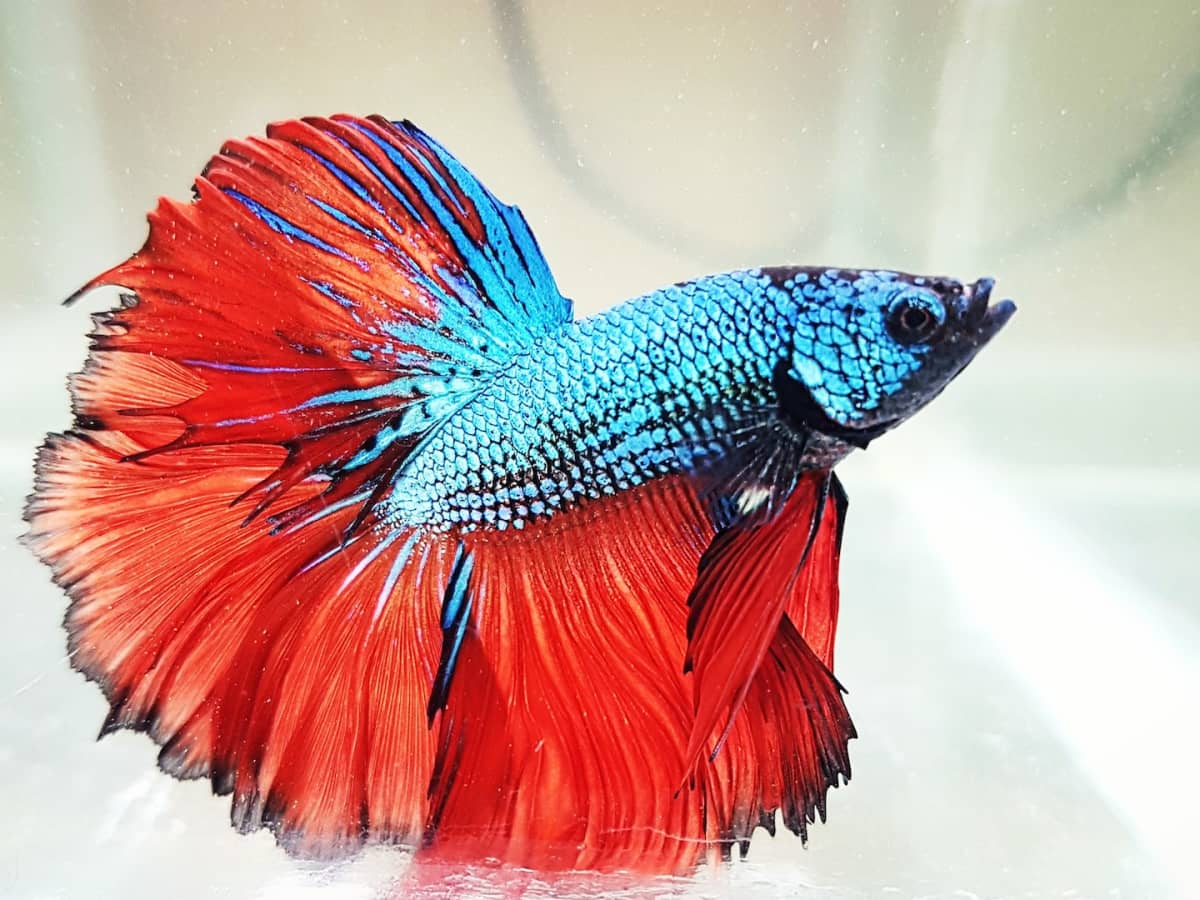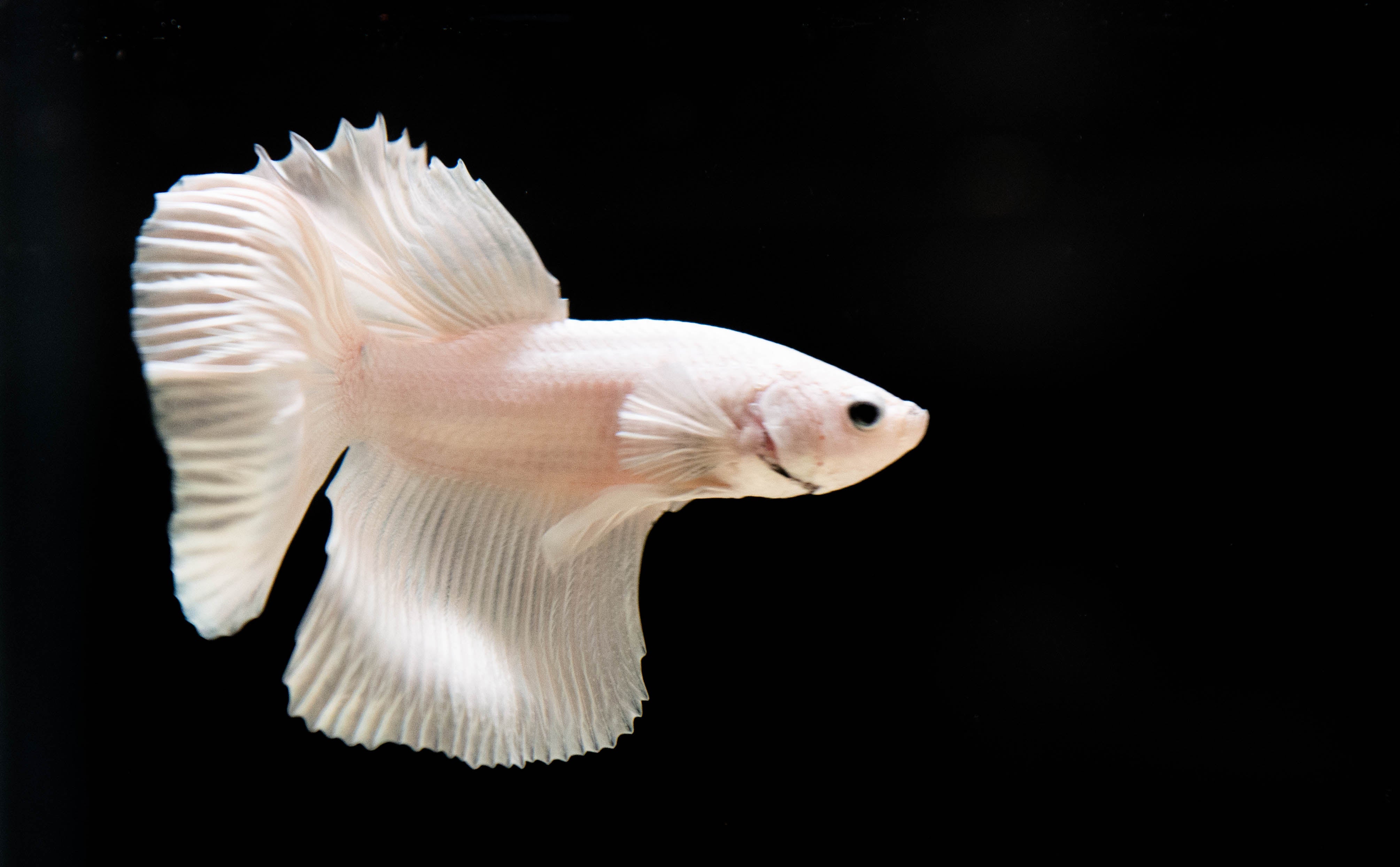The Ultimate Betta Fish Care Guide for New Pet Owners
The Ultimate Betta Fish Care Guide for New Pet Owners
Blog Article
Breeding Betta Fish: a Comprehensive Step-By-Step Guide to Efficiently Raising Infant Bettas From Eggs to Adulthood
Reproducing Betta fish is a meticulous venture that calls for careful preparation and execution to make sure the effective development of fry from eggs to grow fish. Picking genetically varied breeding couple with desirable features is only the start; developing an optimum environment and recognizing the intricacies of the breeding procedure are just as vital. As the male Betta diligently constructs a bubble nest and guards the valuable eggs, the succeeding phases of treatment and transition demand interest to information and expertise of finest techniques. Just how does one navigate the challenging yet satisfying path of supporting these vibrant animals to their adult years?

Selecting Reproduction Pairs
When starting the journey of reproducing Betta fish, choosing the ideal reproduction pairs is vital to accomplishing preferable attributes and a healthy and balanced lineage - betta fish. The primary step in this process is to determine the particular attributes you want to enhance or protect, such as shade, fin type, and body form. It is important to choose genetically varied pairs to stay clear of inbreeding, which can result in health concerns and unwanted qualities
Review prospective reproducing candidates carefully. A healthy and balanced male Betta should display vibrant shades, an active demeanor, and well-formed fins, while the woman needs to likewise display vivid coloration and a rounded stomach, indicating preparedness for spawning. Observing the personality of both fish is important, as hostile or overly reluctant individuals may not reproduce effectively.
Documents of lineage is similarly important. Maintaining documents of the parent fish's ancestry can assist you track hereditary traits and prospective issues. In addition, speak with reliable dog breeders or on-line sources for guidance on choosing suitable sets. Eventually, spending time in the option process will considerably improve the probability of producing solid, vivid offspring that satisfy your reproduction goals (betta fish).

Preparing the Breeding Storage Tank
Producing an optimal reproduction atmosphere is an essential action after choosing suitable pairs for Betta fish. The breeding container ought to be specifically made to supply comfort and boost the natural breeding actions of the fish. Begin with a tank dimension of at the very least 10 gallons to ensure appropriate space for both the male and female Bettas.
Keep a mild filtering system to keep the water tidy while avoiding strong currents that can stress the fish. Additionally, an air rock can be contributed to supply oxygenation without interrupting the water surface way too much.
Temperature law is important; aim for a secure series of 78-82 ° F(25-28 ° C) making use of a dependable heater. The pH degree ought to be maintained between 6.5 and 7.5, and normal water modifications are needed to ensure high water high quality.
Include drifting plants or generating sponges to create hiding places for the lady, while additionally motivating bubble nest structure by the man - betta fish. Make certain the container is complimentary from sharp designs and any possible hazards, as the welfare of the fish must constantly be prioritized during this essential phase of reproduction.
The Reproduction Refine
Commonly, check this site out the reproducing process for Betta fish involves a series of distinct and observable habits that show readiness for reproduction. The male Betta begins by building a bubble nest at the water's surface, which acts as a site for the fertilized eggs. This nest is essential, as it gives a safe environment for the eggs until they hatch out.
As soon as the nest is developed, the man will certainly present courtship habits, such as flaring his fins and displaying vivid shades to bring in the female. The woman, upon sensing the male's readiness, will react by presenting upright stripes along her body, signaling her receptiveness.
The fed eggs then drop to the bubble nest, where the male very carefully collects and returns them to the nest. Following this, the male thinks obligation for protecting the nest and guaranteeing the security of the eggs till they hatch, typically within 24-36 hours.
Taking Care Of Betta Fry
Taking care of Betta fry requires careful focus to their atmosphere and nourishment to guarantee healthy and balanced growth and growth. After hatching, Betta fry are extremely tiny and susceptible, demanding a steady and tidy habitat. Preserving a water temperature between 78 ° F and 80 ° F is important, as Betta fry grow in cozy conditions. Additionally, make certain that the water is devoid of unsafe toxic substances; routine water changes of 10-20% are suggested to keep optimal water high quality.
Feeding Betta fry is just as essential. Feed them little amounts a number of times a day, being cautious not to overfeed, which can lead to water quality issues.
Transitioning to Adult Bettas
As Betta fry fully grown, transitioning them Read Full Article to grown-up Bettas is a critical phase that requires cautious management of their environment and social interactions. straight from the source This procedure generally begins when the fry reach around six weeks old, whereupon they can be progressively presented to a more structured living setting.
To promote this shift, it is vital to ensure that the water criteria-- such as temperature, pH, and ammonia degrees-- are ideal and stable. Grown-up Betta fish grow in cozy water (around 78-80 ° F) with a pH of 6.5 to 7.5. Gradually accommodate the fry to these conditions to decrease anxiety.
Social interactions are one more key element; man Bettas are notoriously territorial and hostile. It is suggested to separate men into private containers as they mature. Women Bettas can be housed with each other, however treatment should be taken to check for signs of hostility.
In addition, dietary adjustments must be made as the fry expand. Incorporate high-grade pellets and live foods to support their growth and wellness. By managing these elements successfully, you can advertise a successful transition to the adult years for your Betta fish.

Conclusion
Successful breeding of Betta fish requires careful attention to information throughout the whole procedure, from picking genetically varied sets to supplying optimal take care of fry. By making certain ideal reproduction problems and preserving water quality, the likelihood of healthy offspring raises dramatically. In addition, a well balanced diet plan and gradual adjustment to grown-up atmospheres are vital for the growth and development of Betta fish. Adhering to these steps vigilantly fosters a growing population of Betta fish, improving both their health and wellness and vitality.
Report this page